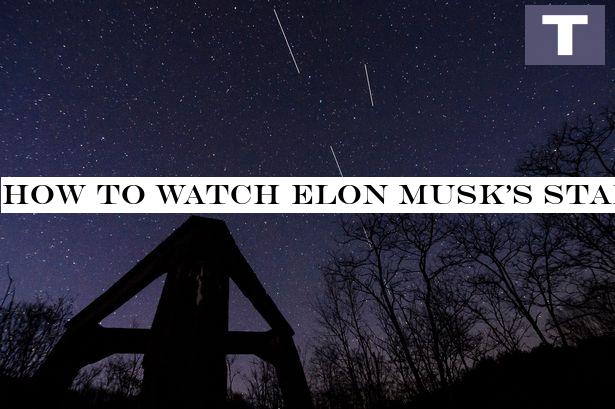Music
Trailers
DailyVideos
India
Pakistan
Afghanistan
Bangladesh
Srilanka
Nepal
Thailand
Iraq
Iran
Russia
Brazil
StockMarket
Business
CryptoCurrency
Technology
Startup
Trending Videos
Coupons
Football
Search
Download App in Playstore
Download App
Best Collections
Technology

Elon Musk's Starlink satellites form a constellation of thousands, and are designed to provide low-cost broadband internet service from low Earth orbit
- Details
- Category: Technology Today
Read more: How to watch Elon Musk's Starlink fleet over UK tonight - best time and location
Write comment (93 Comments)
Nicotine patches are to be tested on coronavirus patients and healthcare workers treating infected people after initial studies suggested smokers were less likely to catch the disease.
- Details
- Category: Technology Today
Read more: Nicotine patches to be tested on coronavirus patients
Write comment (95 Comments)
The Oxford scientists are extraordinarily confident that their vaccine against the coronavirus will work.
- Details
- Category: Technology Today
Read more: Why is Oxford university so confident in an early vaccine win
Write comment (92 Comments)
Human trials of a vaccine against coronavirus have started in Britain.
- Details
- Category: Technology Today
Read more: Human trials of a UK coronavirus vaccine get under way
Write comment (94 Comments)
Instagram users can now order their lunch or dinner through the app after it created a special function to support local businesses during the coronavirus lockdown.
- Details
- Category: Technology Today
Read more: You can now order food through Instagram
Write comment (90 Comments)
The blazing fighter Guilty Gear returns with some changes that will either be heaven or hell for fans
- Details
- Category: Technology Today
Read more: Guilty Gear Strive attempts to gain new fans, with some new changes
Write comment (100 Comments)Page 901 of 1441

 7
7





